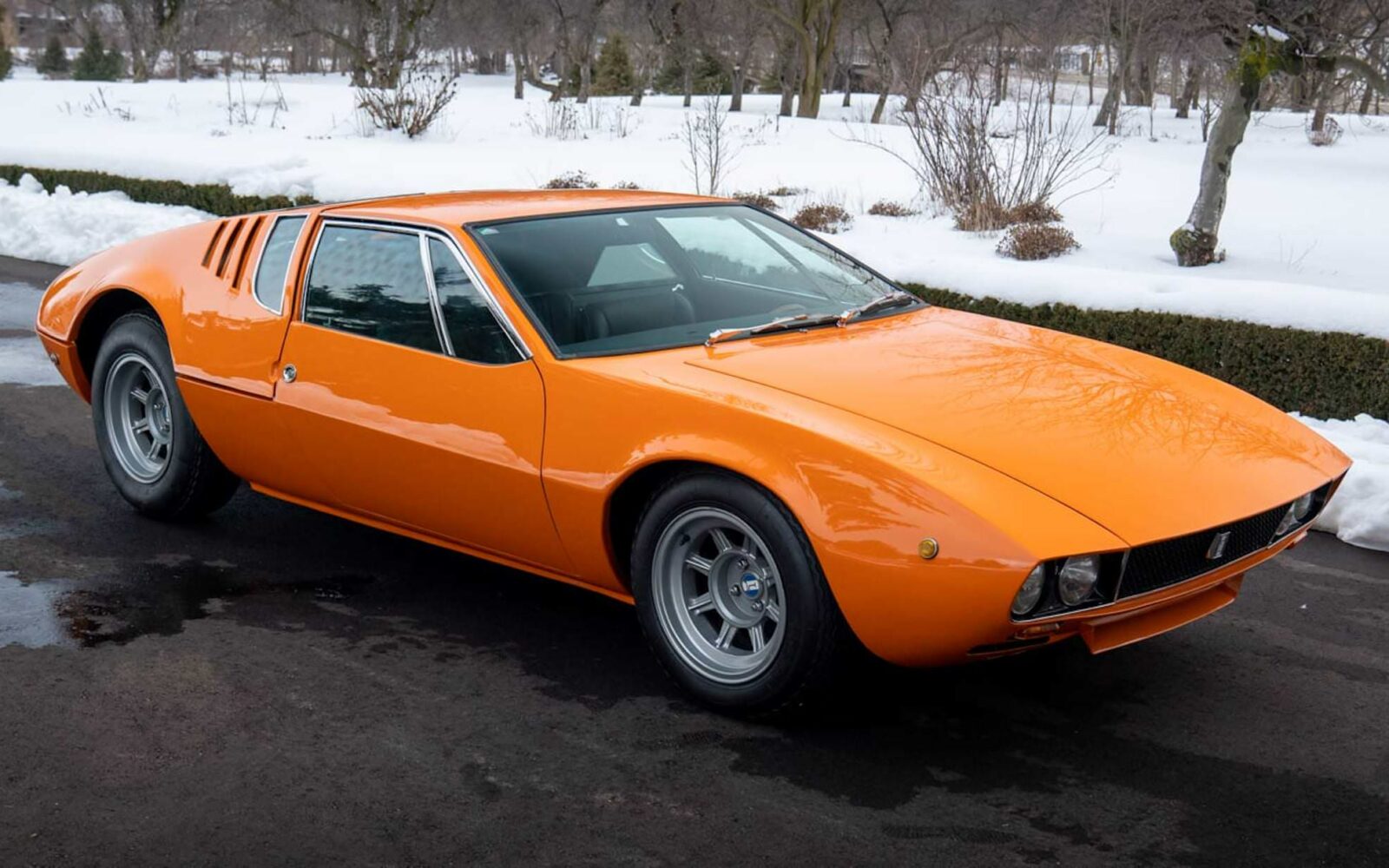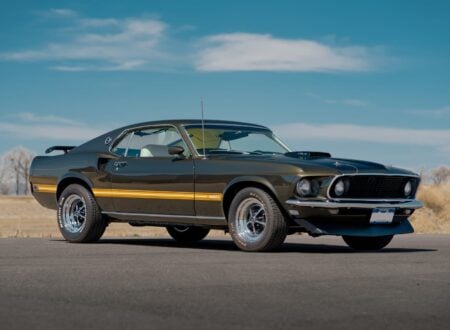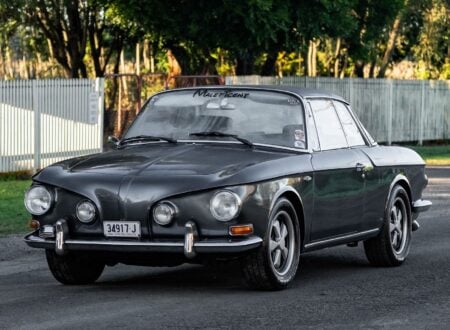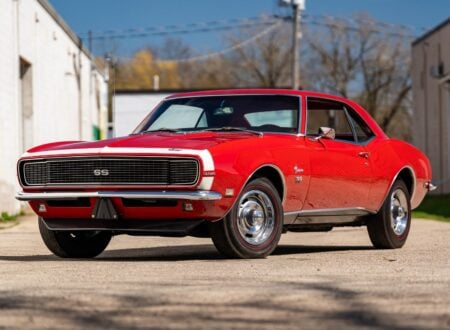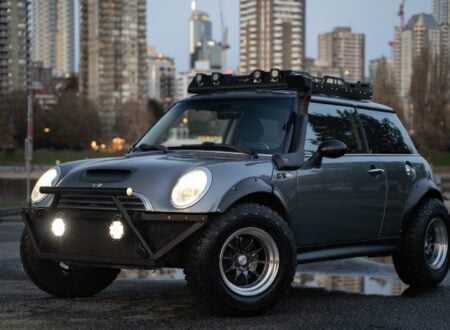The De Tomaso Mangusta first appeared in 1967, just a year after the Lamborghini Miura, and there can be little doubt that both cars were targeting somewhat similar audiences – though they had very different approaches.
Both cars had captivating bodies styled by two of Italy’s greatest automotive designers, the Miura by Marcello Gandini and the Mangusta by Giorgetto Giugiaro. Under the skin the differences were more pronounced, the Miura was powered by an advanced V12 and the Mangusta by a simpler but far more mechanic (and pocketbook) friendly Ford 289 HiPo V8.
Fast Facts – The De Tomaso Mangusta
- Alejandro De Tomaso originally conceived the Mangusta as a direct competitor to the Shelby Cobra, even going so far as to name it after the mongoose, an animal known for its ability to kill cobras. Interestingly, Carroll Shelby, the man behind the Cobra, was initially involved in the P70 project that led to the Mangusta, but the partnership fell through, and De Tomaso proceeded with the development independently.
- The De Tomaso Mangusta was designed by the legendary Giorgetto Giugiaro, who was working for the Italian coachbuilding company Carrozzeria Ghia at the time. The car has a low, wide stance and sharp, angular lines that give it an unforgettable appearance.
- Unlike other Italian sports cars that typically relied on locally developed engines, the Mangusta was powered by a Ford V8 engine. Early models featured a 289 cubic-inch (4.7 liter) HiPo V8 with 306 bhp, while later models were equipped with a 302 cubic-inch (5.0 liter) V8, producing between 230 and 330 bhp, depending on the specific version. This fusion of Italian design and American power was a hallmark of De Tomaso’s production cars.
- The De Tomaso Mangusta boasted impressive performance figures for its time, with a top speed of approximately 155 mph (250 km/h) and a 0-60 mph (0-97 km/h) acceleration time of under 6 seconds. However, its handling received mixed reviews, primarily due to its rear weight bias. This made the Mangusta challenging to handle at its limits.
The De Tomaso Mangusta
When one thinks of Italian sports cars, marques such as Ferrari, Lamborghini, and Maserati usually come to mind. However many overlook the brilliance of the De Tomaso Mangusta, an eye-catching masterpiece that cemented its place in automotive history. Designed by the legendary Giorgetto Giugiaro and produced by Argentine-Italian automaker Alejandro De Tomaso, the Mangusta was an ambitious project that combined Italian automotive design and engineering with American muscle.
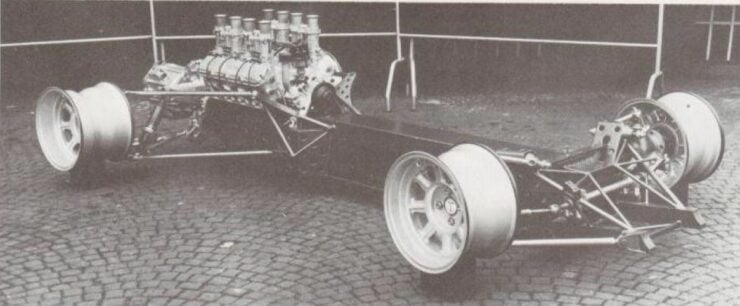

The De Tomaso Mangusta was unveiled at the 1966 Turin Motor Show and entered production in 1967. Alejandro De Tomaso, the man behind the brand, was a racing driver who became a successful entrepreneur. He founded De Tomaso Automobili in Modena, Italy, in 1959, with the aim of creating high-performance racing and sports cars that blended Italian craftsmanship and design with reliable American V8 powertrains. A path not dissimilar to the one taken by Renzo Rivolta with his Iso Rivolta IR 300 and the models that followed it.
The Mangusta, a word that means “mongoose” in Italian, was a clever nod to the car’s intended purpose – to be a fierce competitor to the Shelby Cobra. As fate would have it, Carroll Shelby, the man behind the Cobra, was initially involved in the De Tomaso P70 project that led to the Mangusta. However, the partnership between De Tomaso and Shelby fell through, and De Tomaso proceeded with the development of the Mangusta independently. It’s worth noting that he remained on friendly terms with Shelby, and both men seem to have enjoyed the rivalry.
Giorgetto Giugiaro, one of the most renowned automotive designers of all time, was responsible for the Mangusta’s design. At the time, Giugiaro was working for Carrozzeria Ghia, a renowned Italian coachbuilding company. The Mangusta’s styling was characterized by its low, wide stance and sharp, angular lines. The car’s most distinctive feature was the unique gullwing-style engine covers, which provided a striking visual and allowed for easy access to the engine and luggage compartment from both sides of the car.
The Mangusta’s chassis was a pressed steel backbone with a subframe supporting the mid-mounted engine and rear suspension. This configuration provided a strong and relatively lightweight structure that was somewhat similar in architecture to the backbone chassis frequently used by Lotus. The interior of the Mangusta was a blend of luxury and purpose, with leather seats, a wood-rimmed steering wheel, and a full complement of gauges to keep the driver well informed of the car’s vitals.
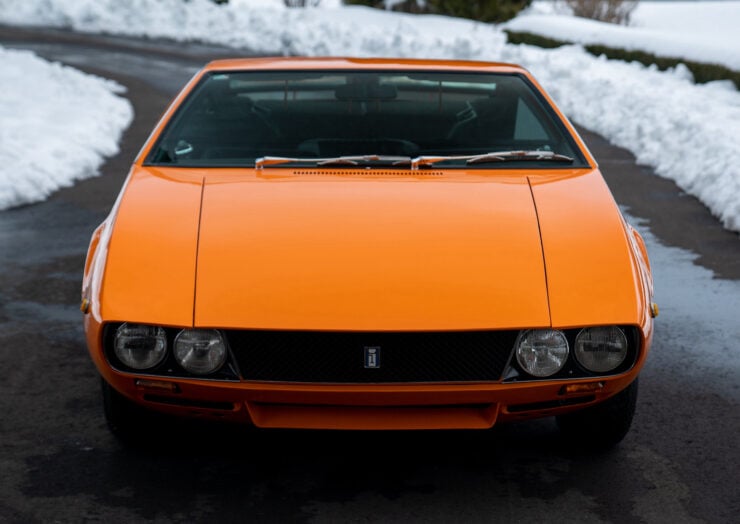

Underneath the Italian coachwork the Mangusta was powered by a Ford V8 engine. Early models were equipped with the 289 cubic-inch (4.7-liter) HiPo engine, producing around 306 bhp. Later models were fitted with the larger 302 cubic-inch (5.0-liter) engine, with power outputs ranging from 230 to 330 bhp, depending on the version. The engines were mated to a five-speed ZF manual transmission, which sent power back to a limited slip differential and out to the rear wheels.
The Mangusta’s performance was impressive for its time, with a top speed of around 155 mph (250 km/h) and acceleration from 0-60 mph (0-97 km/h) in under 6 seconds. The car’s handling received mixed reviews, primarily due to the rearward 60/40 weight bias. Drivers who could master the car were able to wring impressive performance from it, but less experienced owners could get caught out and lose the rear of the car if they weren’t careful.
De Tomaso produced approximately 401 Mangustas between 1967 and 1971, they’re now considered highly collectible and change hands for sums well into the six figures.
Alejandro De Tomaso
Alejandro De Tomaso was born on July 10, 1928, in Buenos Aires, Argentina, to a wealthy and politically influential family. He developed a passion for cars and racing at a young age and pursued his dreams in Italy, where he moved in the early 1950s.
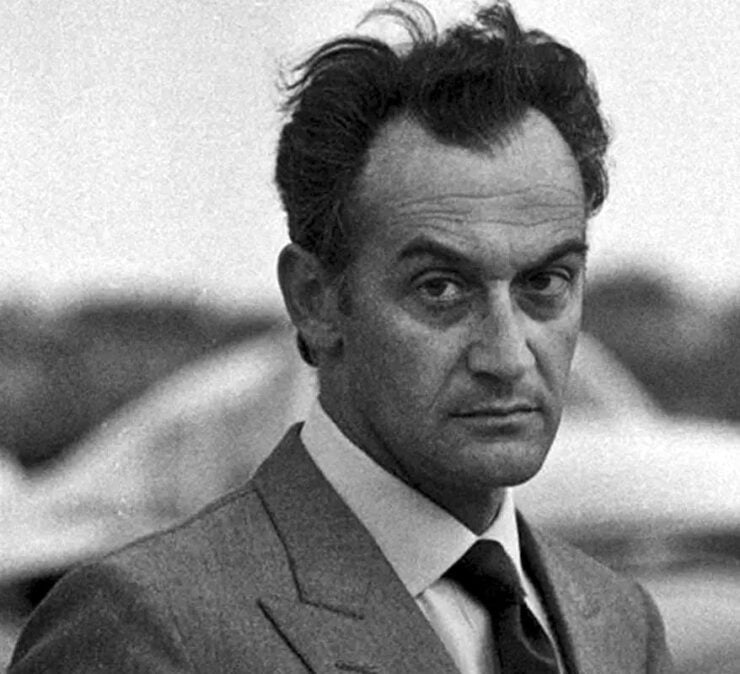

De Tomaso’s racing career began in the 1950s when he competed in various European racing series, including Formula One. He drove for several teams, including Maserati, OSCA, and his own Scuderia De Tomaso. Although his Formula One career was brief and not particularly successful, it laid the foundation for his later endeavors in the automotive industry.
In 1959, De Tomaso founded De Tomaso Automobili in Modena, Italy. His goal was to build high-performance sports cars that combined Italian design and craftsmanship with the reliability and power of American engines. Over the years, De Tomaso Automobili produced several iconic models, including the Vallelunga, Mangusta, Pantera, Deauville, and Longchamp.
The Mangusta and Pantera models are perhaps the most famous and enduring of De Tomaso’s creations. The Mangusta, as discussed earlier, was a stunning sports car designed by Giorgetto Giugiaro and powered by a Ford V8 engine. The Pantera, launched in 1971, was another mid-engined sports car with a Ford V8, designed by Tom Tjaarda. The Pantera was remarkably successful, with over 7,000 units produced over a 20 year production run that ran from 1971 to 1991.
Alejandro De Tomaso’s ambitions went beyond his eponymous car company. He acquired several struggling Italian automotive firms and attempted to revive their fortunes under his leadership. Some of these acquisitions included motorcycle manufacturer Moto Guzzi, luxury car brand Maserati, and coachbuilding companies Ghia and Vignale. During his tenure as Maserati’s owner, De Tomaso oversaw the development of models like the Quattroporte III, Biturbo, and Shamal.
De Tomaso’s business ventures also extended to partnerships with major automakers. In the 1970s, he collaborated with Ford to bring the De Tomaso Pantera to the United States market. Ford imported and sold Panteras through their Lincoln-Mercury dealerships, exposing the brand to a broader audience.
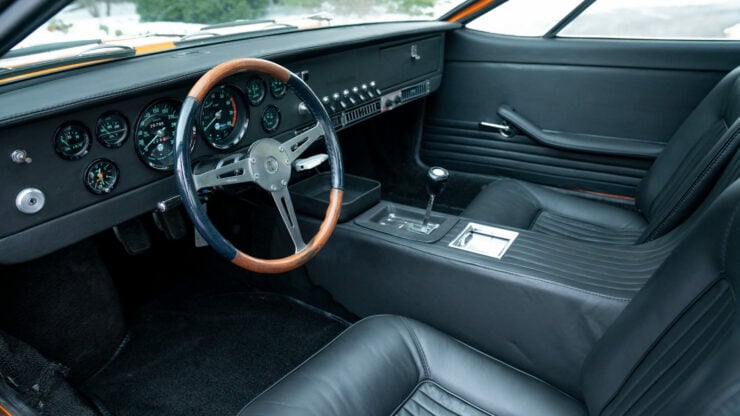

Alejandro De Tomaso passed away on May 21, 2003, at the age of 74. He left behind a remarkable legacy in the automotive world, marked by his passion, ambition, and no small amount of tenacity.
While De Tomaso Automobili faced financial difficulties in the years following his death, the brand was resurrected in 2019 with the launch of the P72, a tribute to De Tomaso’s original racing aspirations, and the company lives on today.
The 1968 De Tomaso Mangusta Shown Here
The 1968 De Tomaso Mangusta you see here is an earlier example fitted with the desirable dual headlight arrangement. It’s finished in bright Rosso Aurora paint over a Black interior, a color scheme that suits the car remarkably well.
This Mangusta is fitted with a dual Ansa exhaust with quad chrome tips, dual circuit Girling disc brakes, and Campagnolo 15 x 8 rear and 15 x 7 front wheels. It’s powered by the later 302 Ford V8 producing 230 bhp and 310 lb ft of torque, and it has a classic Italian gated shifter.
If you’d like to read more about this car or register to bid you can visit the listing here on Mecum. It’s due to roll across the auction block in mid-May and at the time of writing there’s no price guide listed. Mangustas in similar condition are currently selling for approximately $200,000 – $400,000 USD.
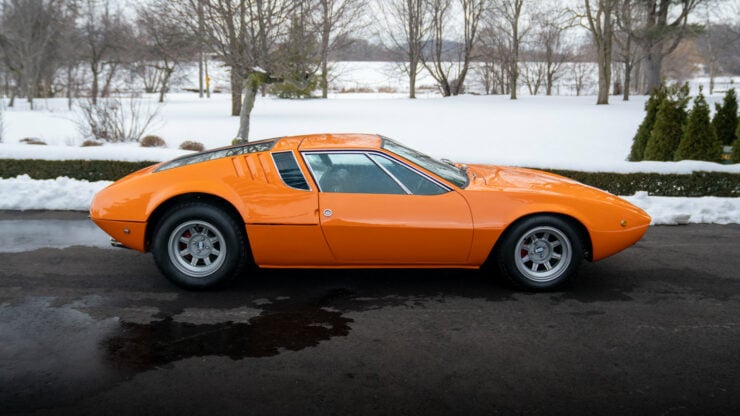
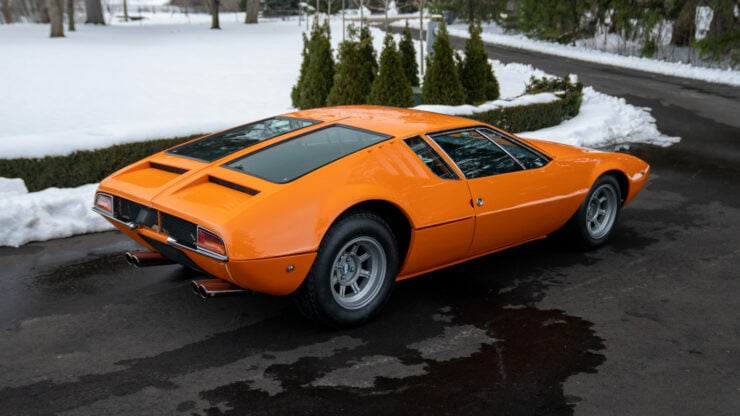
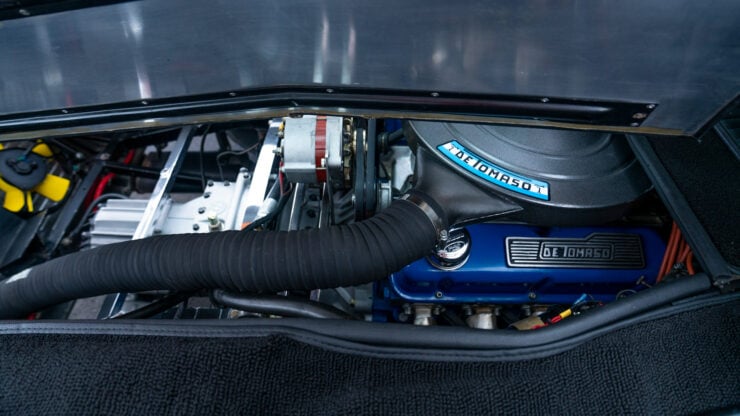
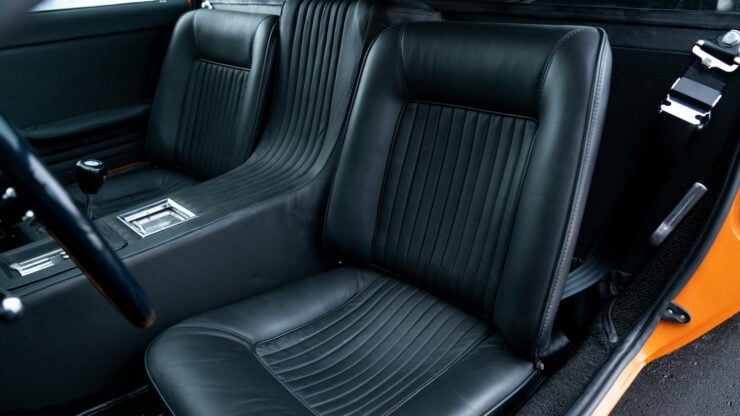
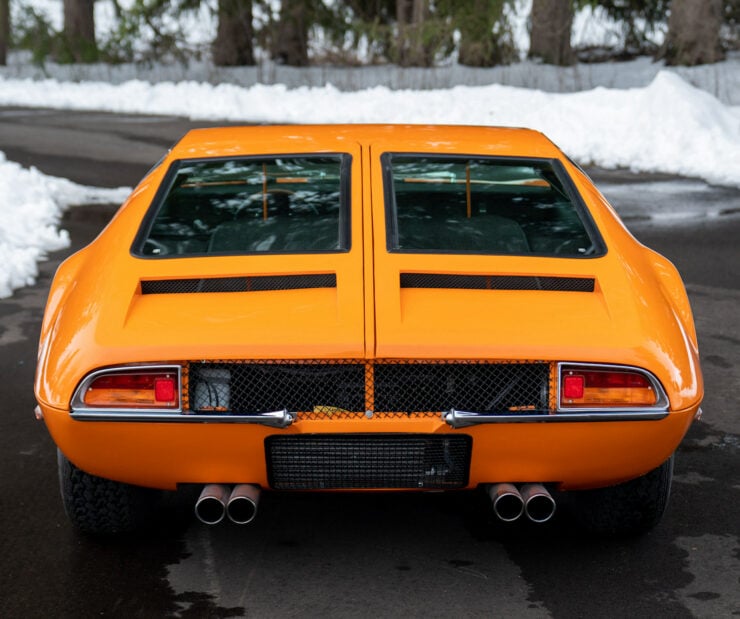
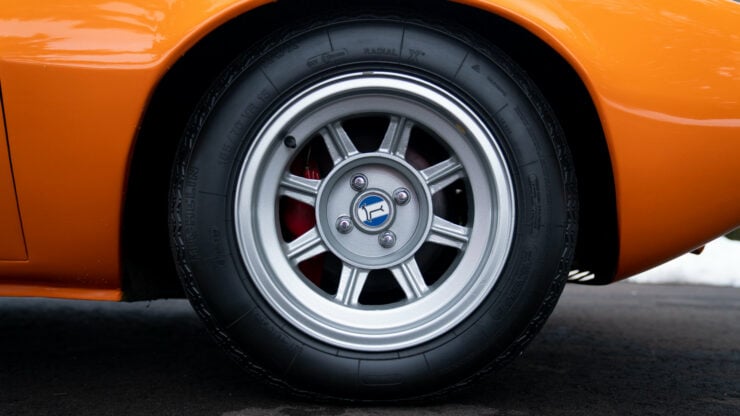
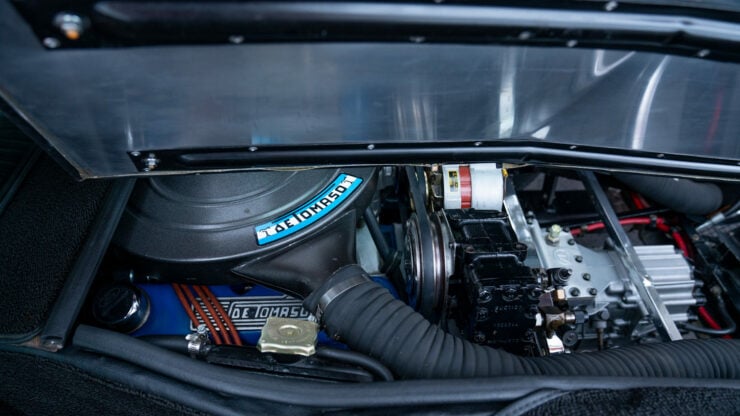
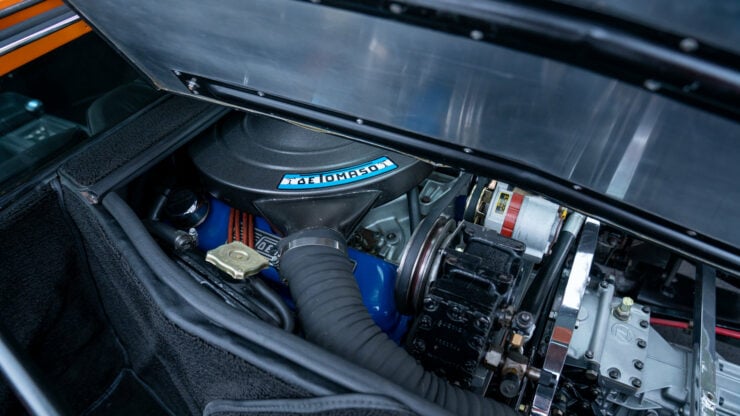
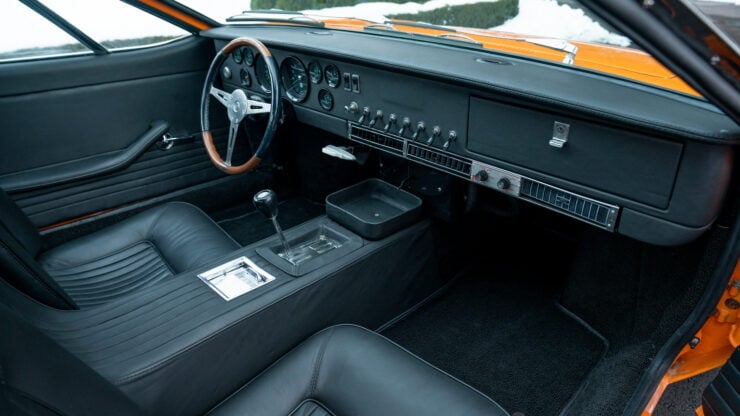
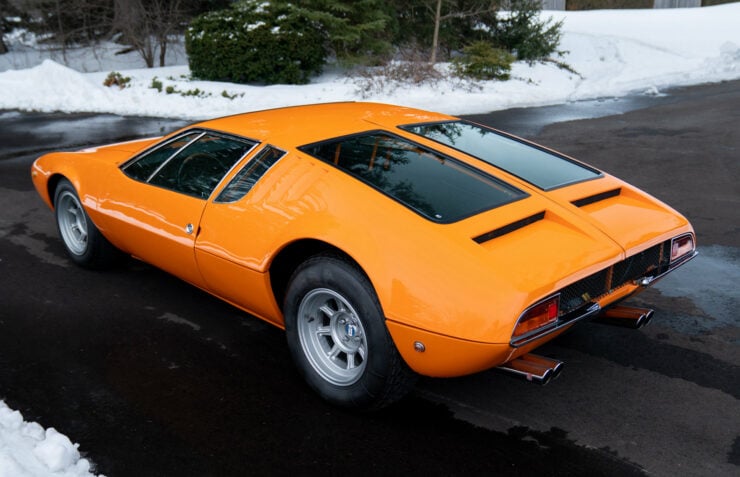
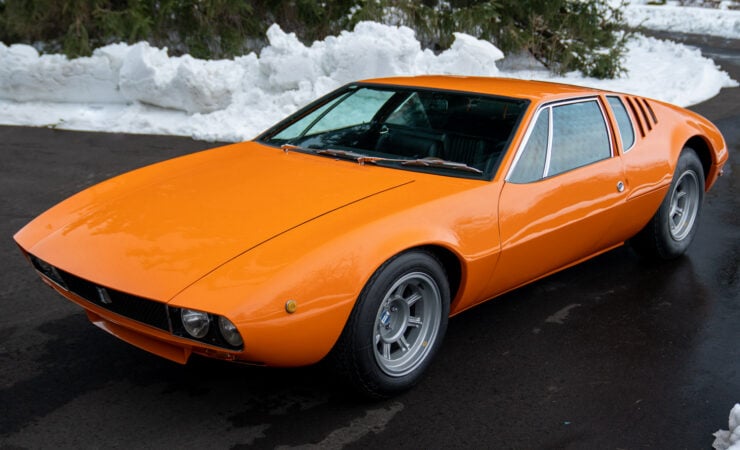
Images courtesy of Mecum

